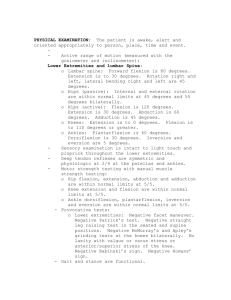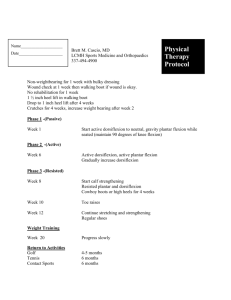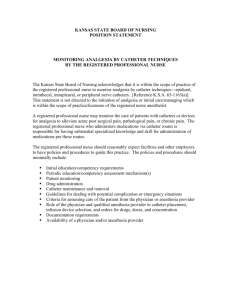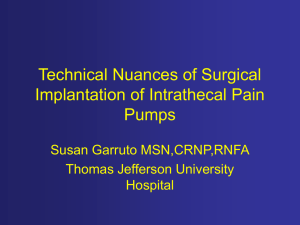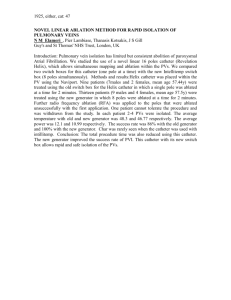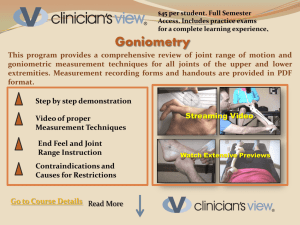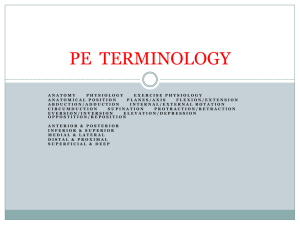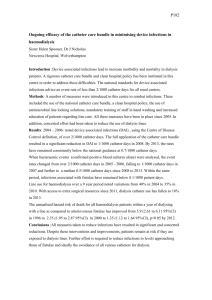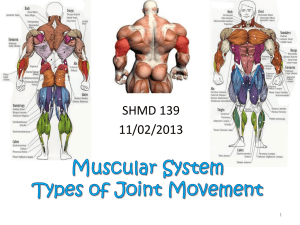Air Embolus to Arachnoid cyst as a Rare Delayed Complication of
advertisement
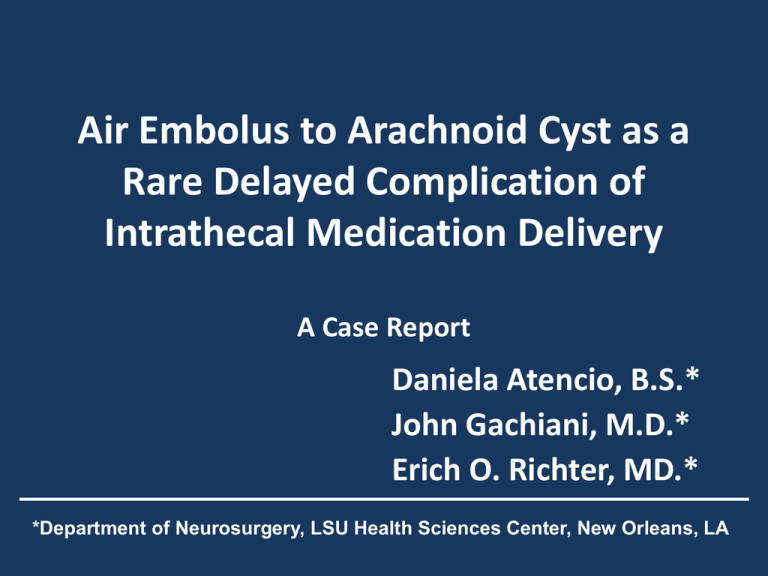
Air Embolus to Arachnoid Cyst as a Rare Delayed Complication of Intrathecal Medication Delivery A Case Report Daniela Atencio, B.S.* John Gachiani, M.D.* Erich O. Richter, MD.* *Department of Neurosurgery, LSU Health Sciences Center, New Orleans, LA Introduction • IT therapy is a common treatment for intractable chronic pain. • Several complications have been described from long term use of IT medication, especially IT opioids. “Assessing Syndromes of Catheter Malfunction With SynchroMed Infusion Systems: The Value of Spiral Computed Tomography With Contrast Injection” Turner, Michael S. PMR Journal. 2010. Patient History • 56 year-old woman with history of chronic back pain following trauma. • Intrathecal morphine delivery device implanted in 2000. Patient History • Several years later she presented with symptoms of loss of drug effect. • Catheter revision, repositioning the Catheter tip at a T9-T10 level. • Following epidural injection and myelogram, she presented with acute, severe neurologic decline. Neurological Examination Right Side Muscle Strength Left Side Muscle Strength Hip Flexion/Extension Knee Flexion/Extension Plantar Flexion 0/5 Hip Flexion/Extension 0/5 0/5 Knee Flexion/Extension 0/5 Plantar Flexion 2/5 Dorsiflexion 3/5 Dorsiflexion 3/5 EHL and FHL 3/5 EHL and FHL 4/5 2/5 Reflexes: Upper Extremities= 1 Lower Extremities= Absent. *Incomplete sensory loss with a thoracic level Discussion • The arachnoid cyst was near the previous catheter tip position (prior to revision), we inferred that the cyst was an undiagnosed CSF loculation from the time of the previous revision. • Pneumorrhachis, air trapped within the spinal canal is a rare condition that is usually asymptomatic. [2, 3] • In this case the air was constrained by arachnoid adhesions and appears to have exerted a mass effect with severe neurological deficits . • Although CSF loculation has been described as a complication of long term use of IT medication, severe compressive complications from such loculations has not been previously reported. References 1. 2. 3. 4. 5. Bagnall, David. The Use of Spinal Cord Stimulation and Intrathecal Drug Delivery in the Treatment of Low Back-Related Pain. Phys Med Rehabil Clin N Am. Vol 21, issue 4. Nov 2010, 851-858. Chaicana Kaisorn L., Pradilla Gustavo, Witham Timothy F., Gokaslan Ziya L., Bydon Ali. The Clinical Significance of Pneumorachis: A Case Report and Review of Literature. The Journal of Trauma Injury, infection and Critical Care. Vol 68, Number 3, March 2010. Oertel, Markus F., Korinth, Marcus C., Reinges, Marcus H.T., Krings, Timo., Terbeck, Sandra., Gilsbach, Joachim M. Pathogenesis, Diagnosis and Management of Pneumorrhachis. Eur Spine J. 2006. 15. (Suppl. 5):S636-S646. Phillips, Jinnah A., Escott, Edward J., Moossy, John J., Kellermier, Harry C. Imaging Appearance of Intrathecal Catheter Tip Granulomas: Report of Three Cases and Review of the Literature. Am. J. Roentgenol. 2007 189: W375-381 Turner, Michael S. Assessing Syndromes of Catheter Malfunction With SynchroMed Infusion Systems: The Value of Spiral Computed Tomography With Contrast Injection. PMR Journal; 2010. Vol. 2, Issue 8 , 757-766.
